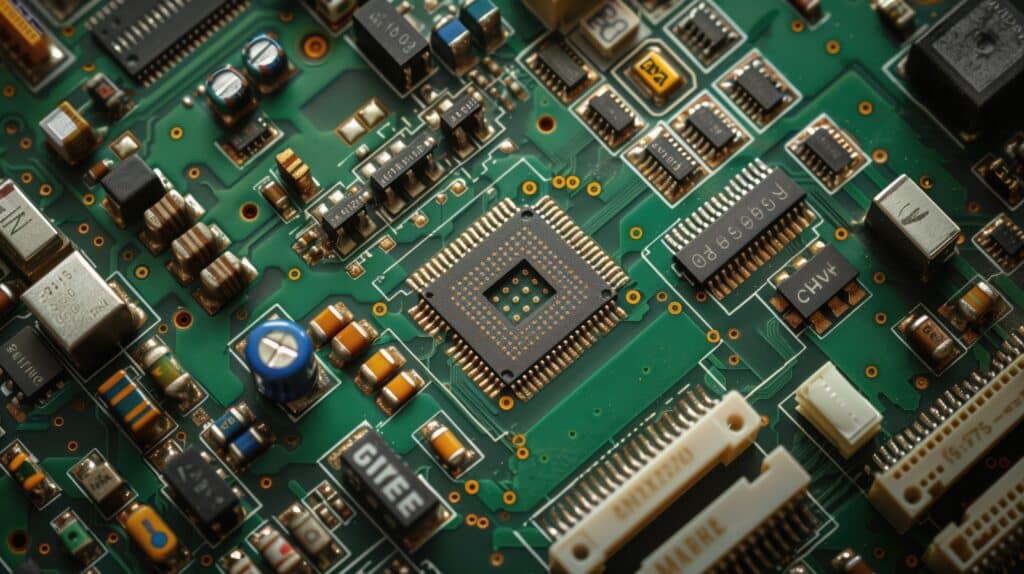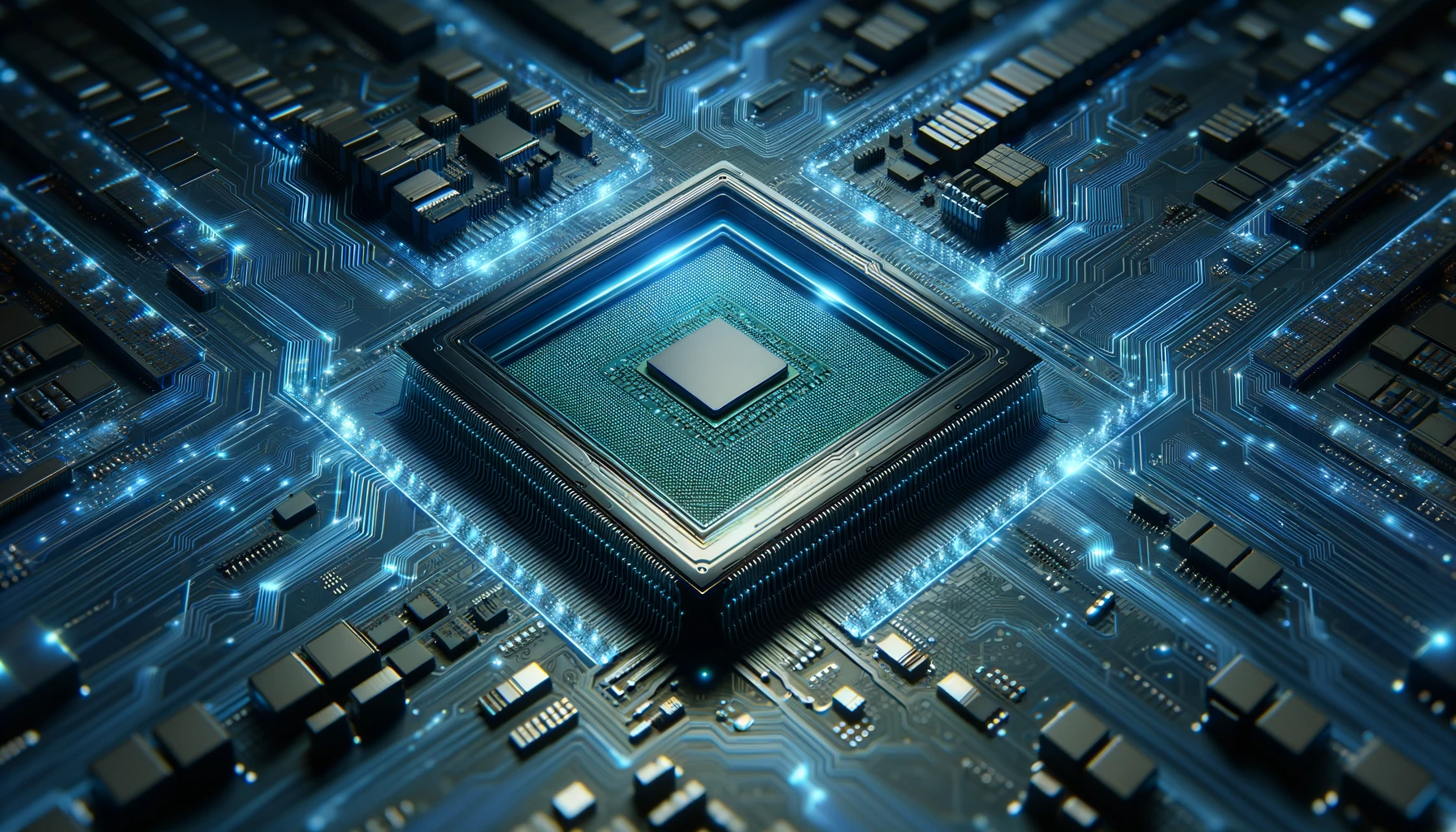Introduction: A New Global Contender Emerges
In an era where technology seamlessly blends into the fabric of daily life, the semiconductors industry emerges as the unsung hero, powering everything from smartphones to smart cars. At the heart of this technological revolution lies a critical player: India, rapidly transitioning from a tech consumer to an influential innovator within the global semiconductor landscape. Welcome to a journey through India’s semiconductor sector, a voyage from silicon to software, where innovation meets infrastructure.
The Semiconductor Value Chain: A Symphony of Innovation
The semiconductor industry is akin to a complex symphony, where each section, from R&D to distribution, plays a vital role in delivering the final masterpiece. This journey begins in the laboratories and design centers, where visionaries conceptualize and create the next generation of semiconductor devices. Companies like Intel, Samsung, and TSMC lead the charge, backed by equipment and material suppliers such as Applied Materials and Lam Research.
Transitioning from design to reality, the wafer fabrication stage is where the physical manifestation of semiconductors comes to life. This stage is a ballet of precision, where silicon wafers are etched and doped to create the intricate circuits that power our devices.
However, the creation of semiconductor devices doesn’t end with fabrication. The assembly and testing stage is where devices are packaged and rigorously tested, ensuring they meet the high standards of quality and reliability that the industry demands. Key players in this stage include Amkor Technology and ASE, who specialize in bringing these devices to their final form.
India’s Semiconductor Sector: A New Frontier
India’s foray into the semiconductor sector marks a new chapter in its technological saga. The country’s strategic initiatives and partnerships aim to establish a robust semiconductor manufacturing ecosystem. With ambitious projects and significant investments from global and local players, India is poised to become a central hub in the semiconductor value chain.
The recent influx of investments and government support underscores India’s commitment to semiconductor excellence. From the establishment of new manufacturing units by giants like the Tata Group and partnerships with leading global firms to innovative startups pushing the boundaries of semiconductor technology, India is on the brink of a semiconductor renaissance.
Indian Semiconductor Mission

India Semiconductor Mission (ISM) is a specialized and independent Business Division within the Digital India Corporation that aims to build a vibrant semiconductor and display ecosystem to enable India’s emergence as a global hub for electronics manufacturing and design.
Semicon India Program aims to provide attractive incentive support to companies / consortia that are engaged in Silicon Semiconductor Fabs, Display Fabs, Compound Semiconductors / Silicon Photonics / Sensors (including MEMS) Fabs, Semiconductor Packaging (ATMP / OSAT) and Semiconductor Design. The program will give an impetus to semiconductor and display manufacturing by facilitating capital support and technological collaborations.
4 schemes were launched to provide various benefits to the Semiconductor Manufacturers:
Semiconductor Fab: The Scheme for setting up of Semiconductor Fabs in India shall extend fiscal support of up to 50% of project cost on pari-passu basis to the approved applicants.
Display Fabs: The Scheme for setting up of Display Fabs in India shall extend fiscal support of up to 50% of project cost on pari-passu basis to the approved applicants.
Compound Semiconductors: The Scheme for setting up of Compound Semiconductors / Silicon Photonics / Sensors (including MEMS) Fabs / Discrete Semiconductors Fab and Semiconductor ATMP / OSAT facilities in India shall extend fiscal support of 50% of capital expenditure to Compound Semiconductors / Silicon Photonics / Sensors (including MEMS) Fabs and Semiconductor Packaging (ATMP / OSAT) units.
Design Linked Incentive (DLI): The Design Linked Incentive (DLI) Scheme aims to offer financial incentives as well as design infrastructure support across various stages of development and deployment of semiconductor design(s) for Integrated Circuits (ICs), Chipsets, System on Chips (SoCs), Systems & IP Cores and semiconductor linked design(s) over a period of 5 years.
Objective of the ISM Scheme: To attract large investments for setting up semiconductor wafer fabrication facilities in the country to strengthen the electronics manufacturing ecosystem and help establish a trusted value chain.
Eligibility for availing ISM Scheme: Companies / Consortia / Joint Ventures proposing to set up a Silicon CMOS based Semiconductor Fab in India for manufacturing Logic / Memory / Digital ICs / Analog ICs / Mixed Signal ICs / SoCs
Tenure of the ISM Scheme: Support under the scheme shall be provided for a period of six years. The tenure of the actual fiscal support outflow may be extended based on the approval of the Minister of Electronics and Information Technology.
Innovations in R&D: Fueling India’s Semiconductor Dream
The foundation of India’s semiconductor ambition is its strong emphasis on research and development. With a plethora of engineers and scientists dedicated to semiconductor research, India is fostering innovation across various domains, from materials science to advanced chip design. Collaborations between academia, industry, and government are catalyzing breakthroughs that promise to elevate India’s position in the global semiconductor arena.
The Union Cabinet had approved the comprehensive Semicon India programme with a financial outlay of INR 76,000 crore for the development of a sustainable semiconductor and display ecosystem in 2021. By 2026, India’s domestic semiconductor consumption is predicted to surpass USD 80 billion, and by 2030, it will reach USD 110 billion. These chips are made in a small number of nations worldwide. The United States, Taiwan, South Korea, Japan, and the Netherlands are the leading countries in the business.
In order to increase the manufacturing capacity in India’s semiconductor industry, Micron is joined by three additional factories from the Tata Group and CG Power-Renesas. According to Union Minister Ashwini Vishnaw, Tata’s Gujarat semiconductor chip manufacturing facility was approved with an approximate INR 500 billion investment. In addition, Tata Electronics’ factory in Jagiroad, Assam, which would assemble and package semiconductors, was approved with a 400-billion-rupee financial investment; the Assam state government will pay about 210 billion rupees.
According to a report by Press Trust of India, Prime Minister Narendra Modi has given his approval for the establishment of the nation’s first semiconductor fabrication facility, which will be located in Dholera, Gujarat. The project is a joint venture between Tata and Powerchip Taiwan. With a net investment of INR 270 billion, the fabrication unit is expected to manufacture 48 million chips daily.
Bengaluru is now home to a semiconductor research and development facility established by Samsung Semiconductor India Research (SSIR). Saankhya Labs, a Tejas Network subsidiary, and Sensesemi Technologies, two semiconductor companies located in Karnataka, are the most recent recipients of approval for the Design-Linked Incentive (DLI) Scheme. At the Digital India FutureLABS Summit 2024, the Ministry of Electronics, and Information Technology (MeitY) made the announcement.
Conclusion: India’s Semiconductor Odyssey
India’s journey in the semiconductor industry is not merely about establishing manufacturing capabilities; it’s about envisioning a future where technology transcends boundaries, creating a world where innovation drives progress. As India continues to forge new paths in the semiconductor domain, it invites us to witness the unfolding of a new era in technology—an era where India plays a pivotal role in shaping the future of the global semiconductor industry.
With each step forward, India not only strengthens its technological infrastructure but also propels the global semiconductor industry towards new horizons of innovation and excellence. The promise of India’s semiconductor sector is vast, and as we stand on the brink of this transformative journey, the future indeed looks electrifying.
As the world watches, India’s semiconductor story is just beginning.
Also Read: Nuclear Diamond Battery: Revolutionary Energy Storage Technology
